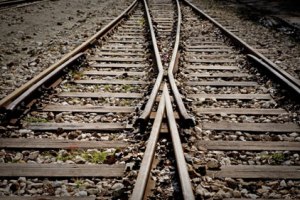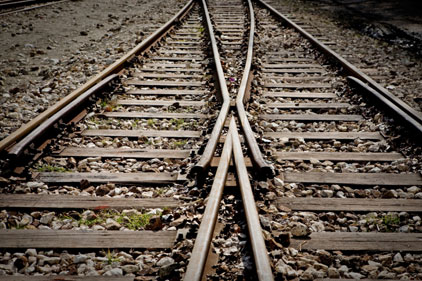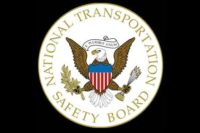 Recent railroad accidents caused by employees doing routine repair work killed one person and endangered dozens of passengers and workers, according to the National Transportation Safety Board (NTSB), which has issued four recommendations intended to address the problem.
Recent railroad accidents caused by employees doing routine repair work killed one person and endangered dozens of passengers and workers, according to the National Transportation Safety Board (NTSB), which has issued four recommendations intended to address the problem.
A February, 2012 collision between an Amtrak train and a car at a highway-rail crossing in Illinois occurred while two Union Pacific employees were working on the grade crossing warning system. Preliminary information resulting from the NTSB’s investigation indicates that the highway-rail grade crossing warning system had been temporarily removed from service for testing, inspection and maintenance. The warning system did not activate as the train approached the crossing. The car’s driver was killed in the accident.
In another incident, an Amtrak train going 61 miles an hour derailed in Niles, Michigan because an Amtrak signal employee was performing troubleshooting activities with jumper wires inside the signal bungalow just prior to the derailment. This action circumvented the signal system’s ability to verify that the power-operated switch was properly aligned and locked in the correct position for the displayed signals. The train was routed onto a yard track, derailed about 254 feet beyond the power-operated switch and traveled 1,086 feet before stopping on the yard track. Fortunately, the four cars and two locomotives stayed upright – a circumstance that must have been a relief to the 165 passengers and four crewmembers on were on board.
“Required safety precautions were not taken by railroad employees during maintenance and repair activities that resulted in one fatality and put hundreds of passengers at risk," NTSB Chairman Deborah A.P. Hersman said of the accidents. “In railroading, what may seem like a small oversight can have deadly consequences – that is why we issue our recommendations – to shine a light on problems that need attention.”
The NTSB has issued four recommendations addressing safety issues related to the ongoing accident investigations, one of which is that the U.S. Department of Transportation’s Federal Railroad Administration and Federal Transit Administration provide railroad employees with the best practices regarding the use of jumper wires when performing signal maintenance operations on active rails.
Click on the following links to view the recommendations: http://www.ntsb.gov/doclib/recletters/2013/R-13-001-002.pdf
http://www.ntsb.gov/doclib/recletters/2013/R-13-003-004.pdf



